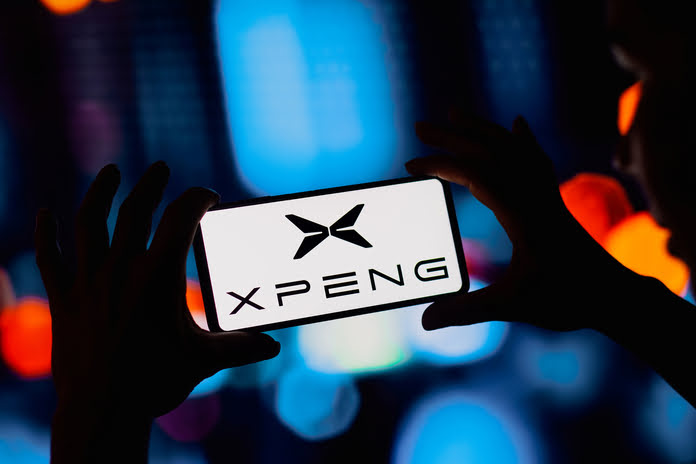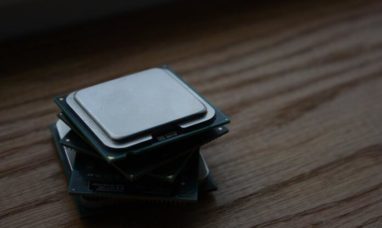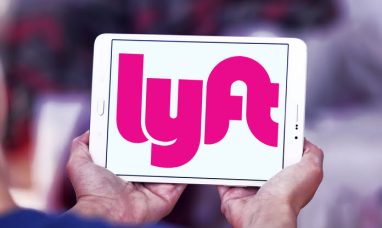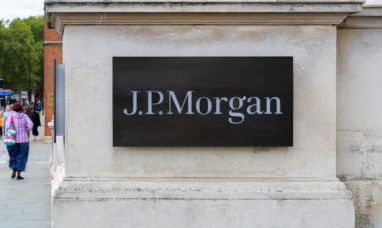XPeng Inc. (NYSE:XPEV)
XPeng Inc. (NYSE:XPEV), formerly a leader in the electric vehicle (EV) industry, had a rough year due to severe setbacks in the second half of the year. Nevertheless, after the most recent publication of results, the company’s valuation ratios rose to higher than its top two competitors, suggesting that investors were convinced by the company’s freshly detailed recovery narrative.
Whether or if the surge is warranted after a terrible 2022 that XPeng would probably rather forget has to be seen. Last year, XPeng lost more money and fell farther behind its two major competitors, Li Auto (LI; 2015.HK) and NIO (NIO; 9866.HK), in China’s fiercely competitive electric vehicle (EV) sector.
XPeng’s latest financial report, published earlier this month, shows that the company’s sales increased by a more moderate 28%, reaching 27 billion yuan ($3.9 billion) for all of 2022. Similarly, the company’s annual vehicle deliveries increased by 23% to 120,757 units, decreasing significantly from the triple-digit rise in the prior two years. Even though the corporation reduced its spending on advertising, research, and development, its net loss increased to 9 billion yuan.
The company’s precipitous decline in the second part of the year was obscured by the yearly slowdown, making the fourth quarter appear better than it really was. Quarterly revenue of 5.14 billion yuan was down 40% year-over-year as car sales dropped by 47%.
According to their most recent annual reports, Li Auto delivered 133,246 vehicles, and NIO delivered 122,486 vehicles in 2022, putting XPeng in third place for car deliveries that year. In 2021, XPeng led the other two venture-funded firms with 98,155 EV deliveries, but in 2022, it slid to third place behind Li Auto (90,500) and NIO (91,400).
XPeng’s bad luck was the result of his own mistakes. Its main product, the midsize G9 SUV, had an “identification issue” after its debut in September last year. The G9 was offered for sale in a series with varying costs starting at 309,900 yuan and going up to 469,999 yuan, depending on factors like the vehicle’s driving range and the sophistication of its software.
Providing such a variety of services would impress potential buyers. Although XPeng had hoped to sell 35,000 G9s by the end of 2022, the company only managed to sell 6,189 in the fourth quarter of 2018.
According to Wang Cun, an expert with the Chinese Automobile Dealers Association, XPeng is struggling with a lack of consistency in its marketing plan (CADA). The company’s G9 vehicles are aimed at the luxury market, competing with NIO and Li Auto. “But it hasn’t yet established a premium image in the minds of consumers,” Wang added.
Possible Resurgence?
Despite the company’s bad showing, XPeng’s most recent financial report was met with excitement from investors. Xpeng stock finished the day by 6 percent after the news was released, and they continued to rise in the following days. On March 17, it announced profits, and by Friday’s end in Hong Kong, the stock had risen by 15% to HK$9.62.
The subsequent increase in the stock price led to a price-to-sales (P/S) ratio for XPeng stock of slightly over 4 times, higher than those of NIO (2 times) and Li Auto (3.37 times). He Xiaopeng, chairman and chief executive officer of XPeng, may have reassured investors with his upbeat forecast for 2023 after the company’s struggles in 2022.
He predicted a turnaround for XPeng stock this year, saying, “I think XPeng is nearing an inflection point.” “Now that we know what we want and where we stand, we’re gaining recovery momentum in sales and expanding our market share.”
He said XPeng has made many strategic shifts to reclaim its former prominence. The company’s current reorganization, which started in October after the G9 launch was met with dissatisfaction, is a key factor in this turnaround. He stated the restructure will result in a “flatter and more focused structure” for XPeng, which is code for “layoffs” in the form of eliminating middle management positions.
Yet, despite its best efforts to become more efficient and streamlined, XPeng still needs to work on a rocky path to recovery due to forces beyond its control in the market.
The most notable slowdown has occurred in China’s EV market, which has been growing rapidly for many years. In China, sales of NEVs hit a record high of 933,000 units in only the first two months of 2019. After national subsidies for NEV purchases ended at the end of 2022, sales slowed to an annual increase of just 20.8%, according to the most recent data from the China Association of Automobile Manufactures.
A pricing war was sparked by the sudden slowdown, and it has since swiftly escalated. Tesla (NASDAQ:TSLA) was the first major brand in China to reduce prices late last year, and nearly all others quickly followed suit. Experts have expressed concern that the pricing war may eliminate less competitive and smaller competitors in China’s electric vehicle (EV) market.
Even XPeng has felt the effects of the pricing battle, with the company stating in late January that some of its models will be discounted by as much as 36,000 yuan. The price reductions have yet to result in increased sales. Like the precipitous drop seen in the previous quarter, He added that the business anticipates vehicle deliveries to fall between 45% and 47.9% year-on-year to about 18,000 to 19,000 units in the current quarter.
He continued by saying that with the introduction of new models, XPeng anticipates an increase in shipments beginning in the second part of the year. Among them is the P7i, a new generation sedan released with the P7 this month. Also, the G6 small SUV and the seven-seat multipurpose vehicle will begin delivering in June and July, respectively.
Wang of CADA thinks XPeng stock has the potential to catch up to its competitors if it quickly fixes some of its mistakes. He stated that with over 38 billion yuan in cash and short-term investments by the end of 2022, XPeng is in a pretty excellent position to endure the present pricing battle.
Featured Image: Megapixl © Rafaelhenriquepress









